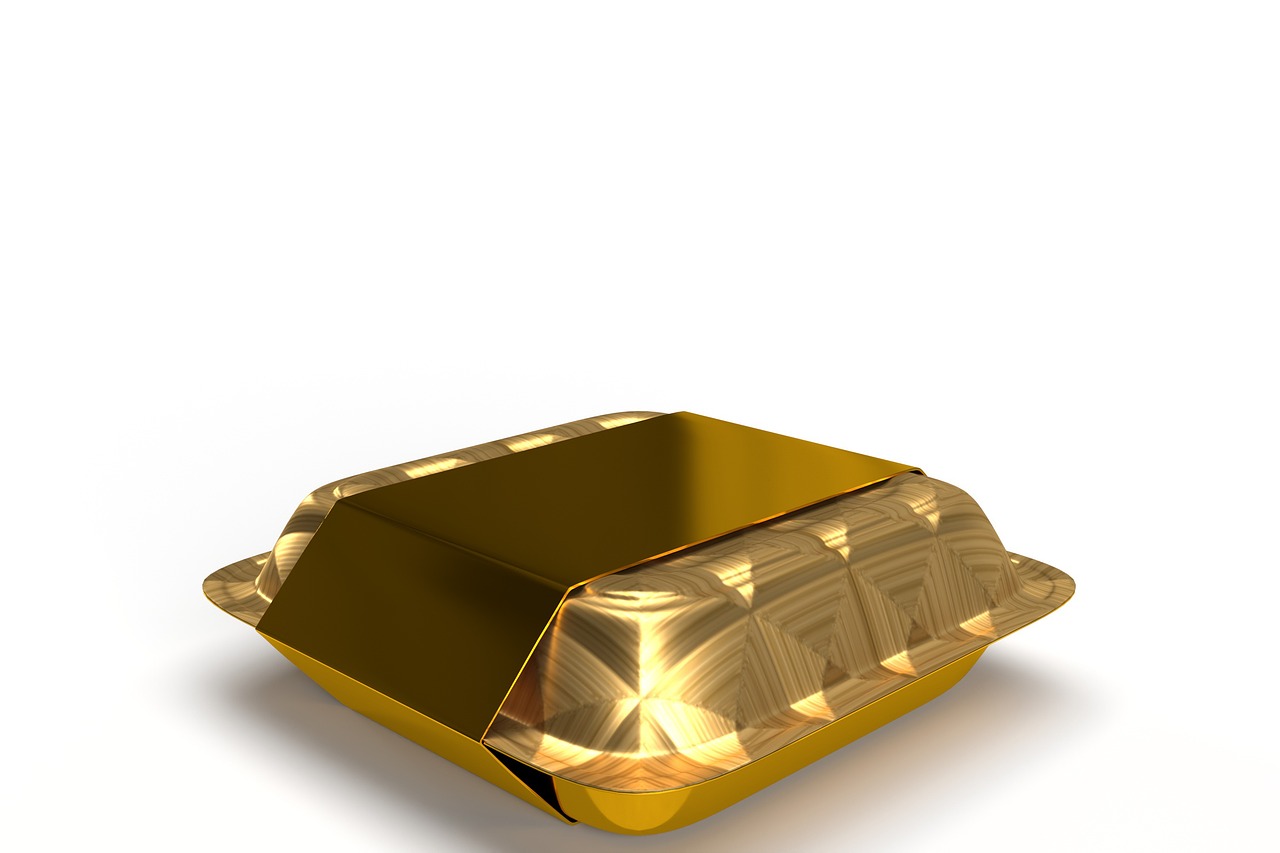The Hidden Salt: 12 "Healthy" Foods with Alarming Sodium Levels
Cheese: The Salty Indulgence

Cheese is a beloved food worldwide, enjoyed for its rich flavors and versatility. However, it is also a significant source of dietary sodium. Sodium is used in cheese production for flavor, preservation, and texture. Hard cheeses like cheddar and parmesan can contain over 400 milligrams of sodium per ounce. To enjoy cheese without excessive sodium, consumers can opt for lower-sodium varieties such as Swiss or mozzarella. Being mindful of portion sizes and pairing cheese with fresh fruits or vegetables can also help balance sodium intake.
Frozen Meals: Convenience at a Sodium Cost

Frozen meals offer convenience for those with busy schedules, providing a quick and easy dining option. However, this convenience often comes with a high sodium content, used to preserve flavor and extend shelf life. A single frozen entrée can contain over 1,000 milligrams of sodium, nearly half of the daily recommended limit. To reduce sodium intake, consumers should look for meals labeled as "low sodium" or "heart healthy." Preparing meals in advance and freezing them at home can also provide a convenient yet healthier alternative.
